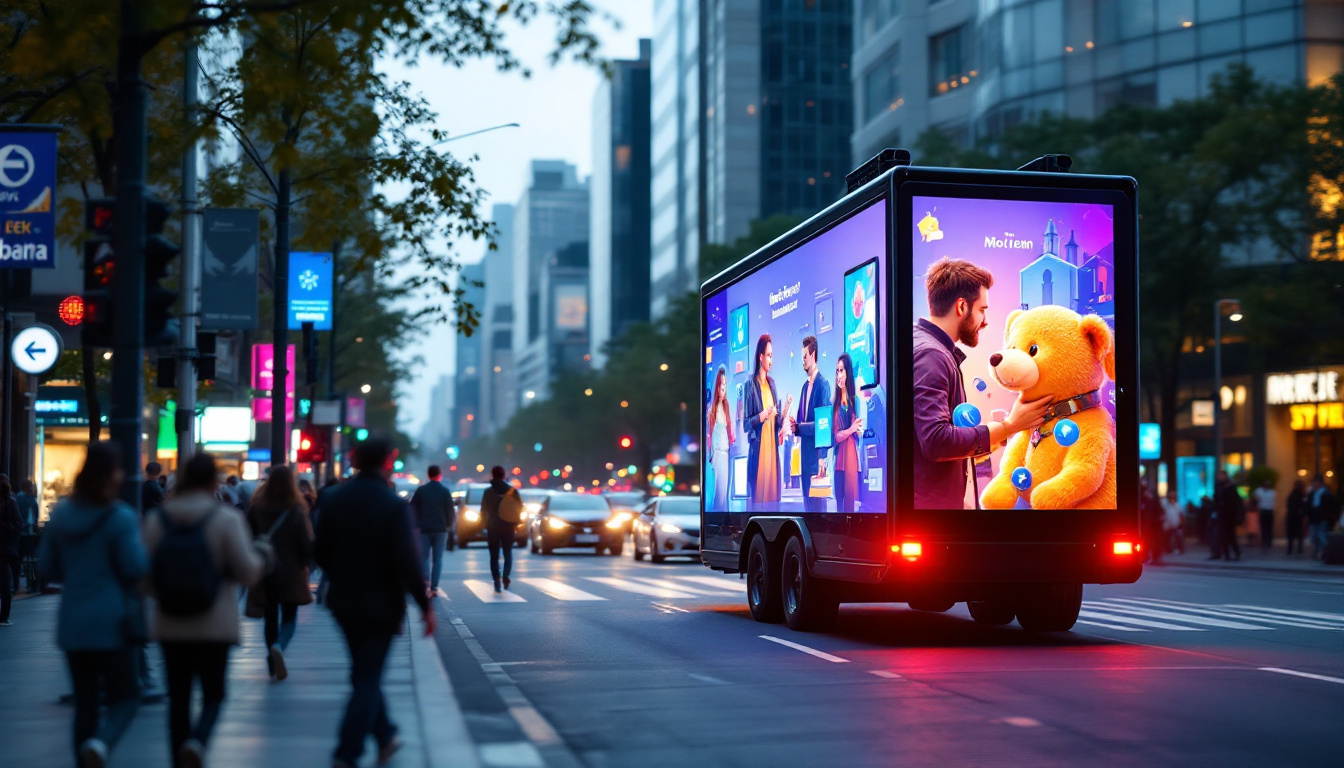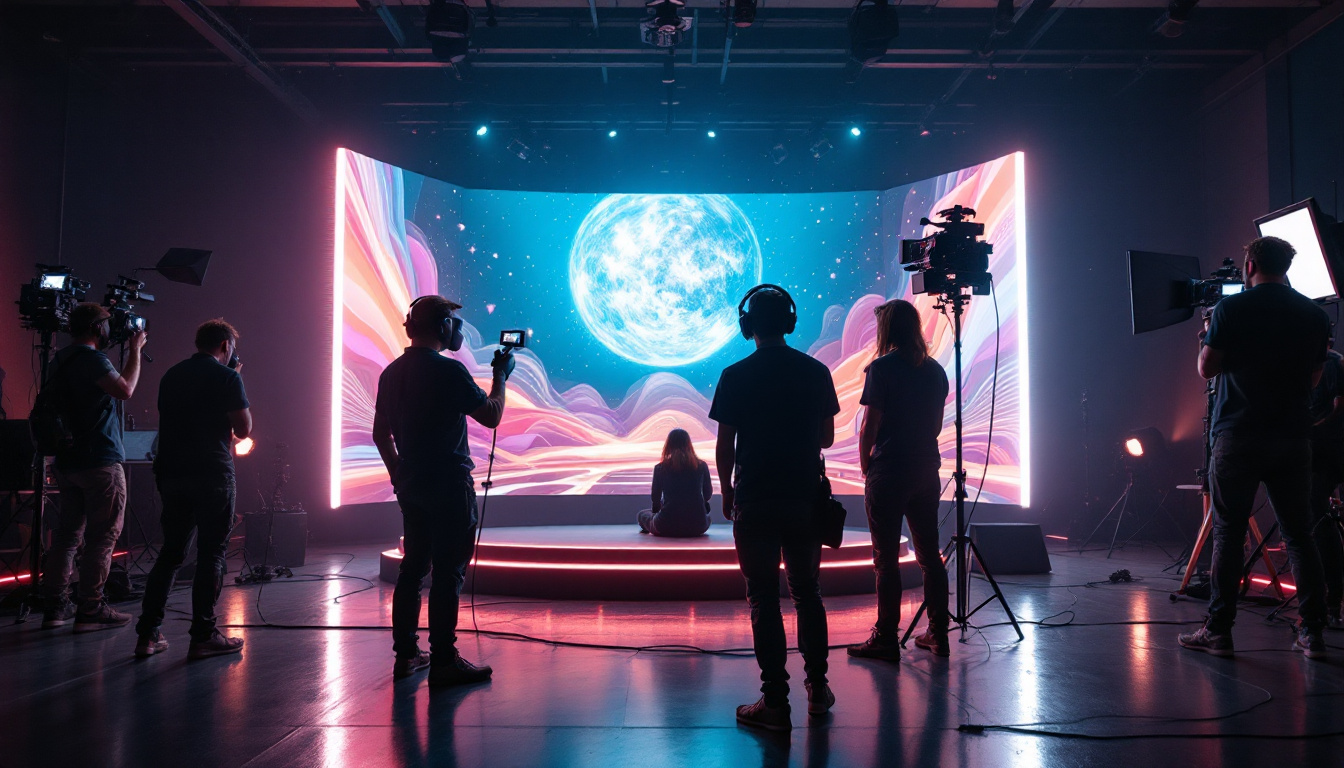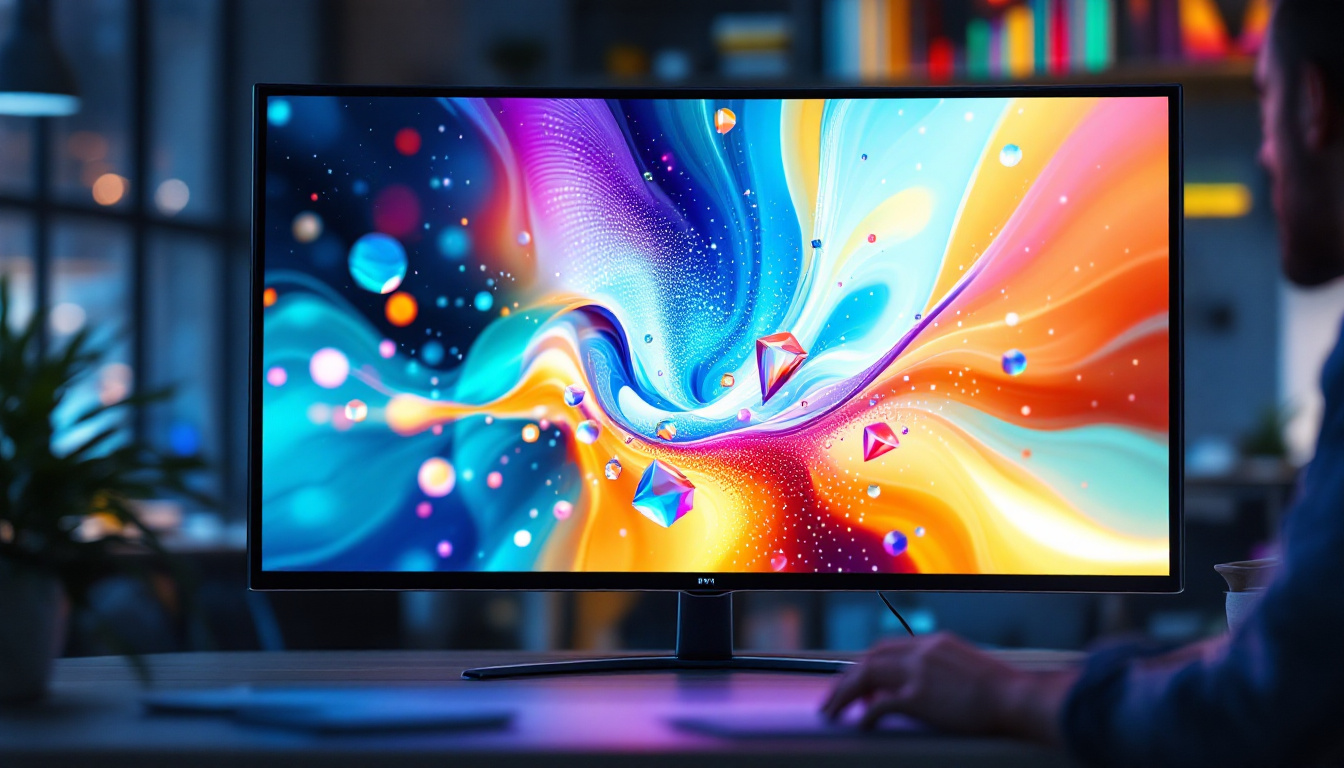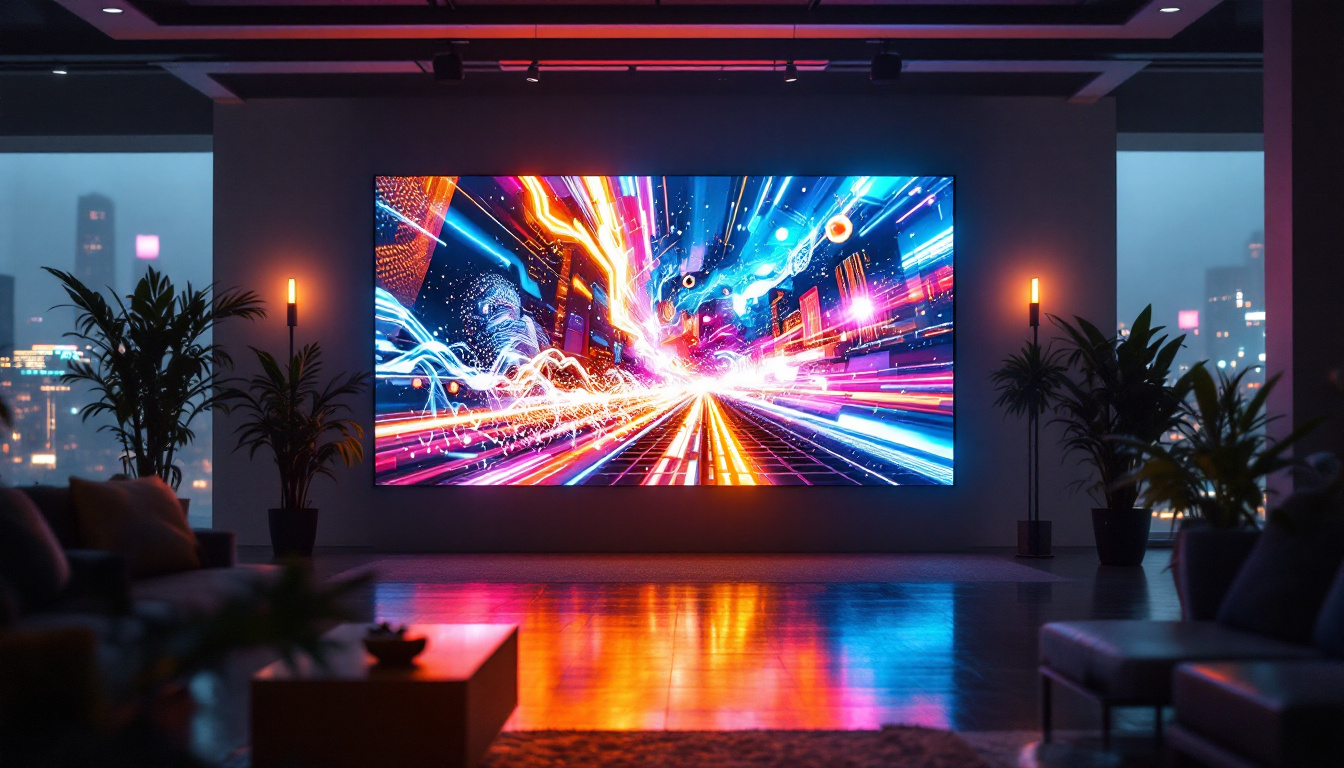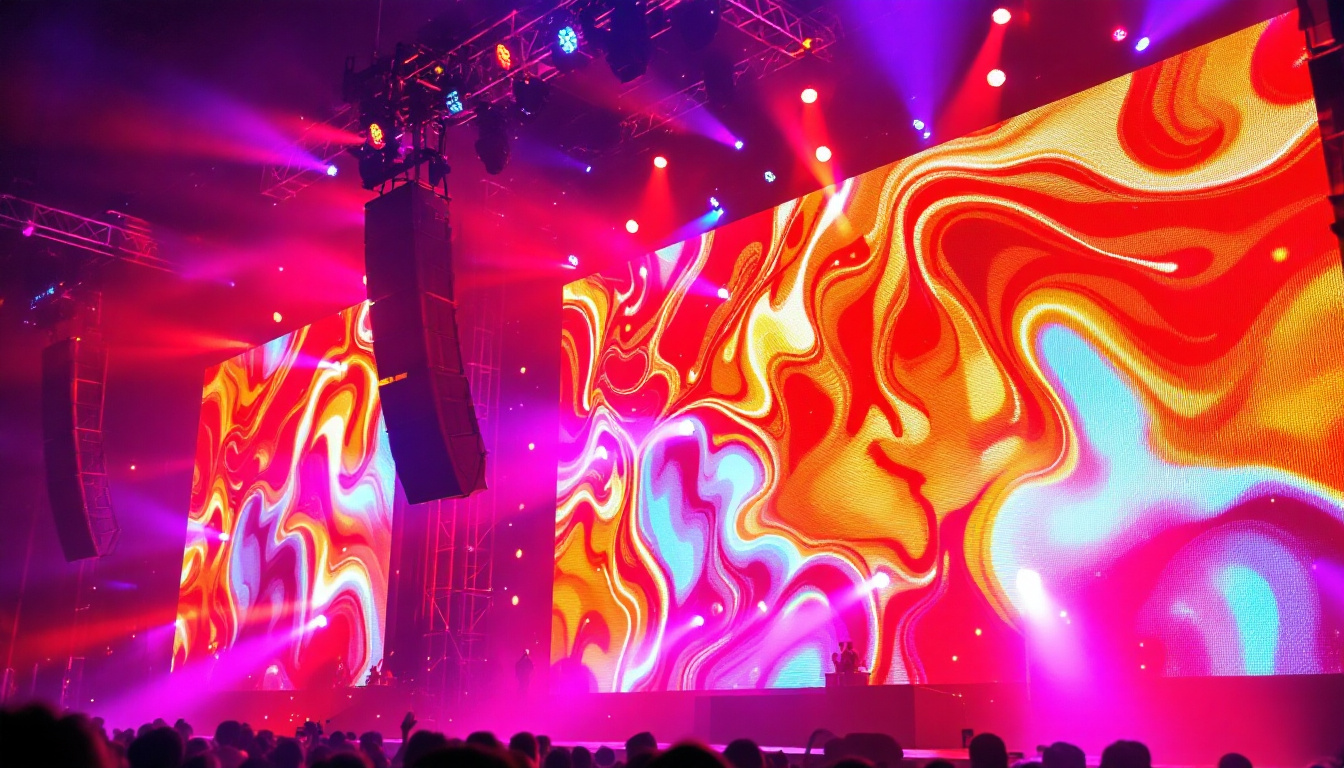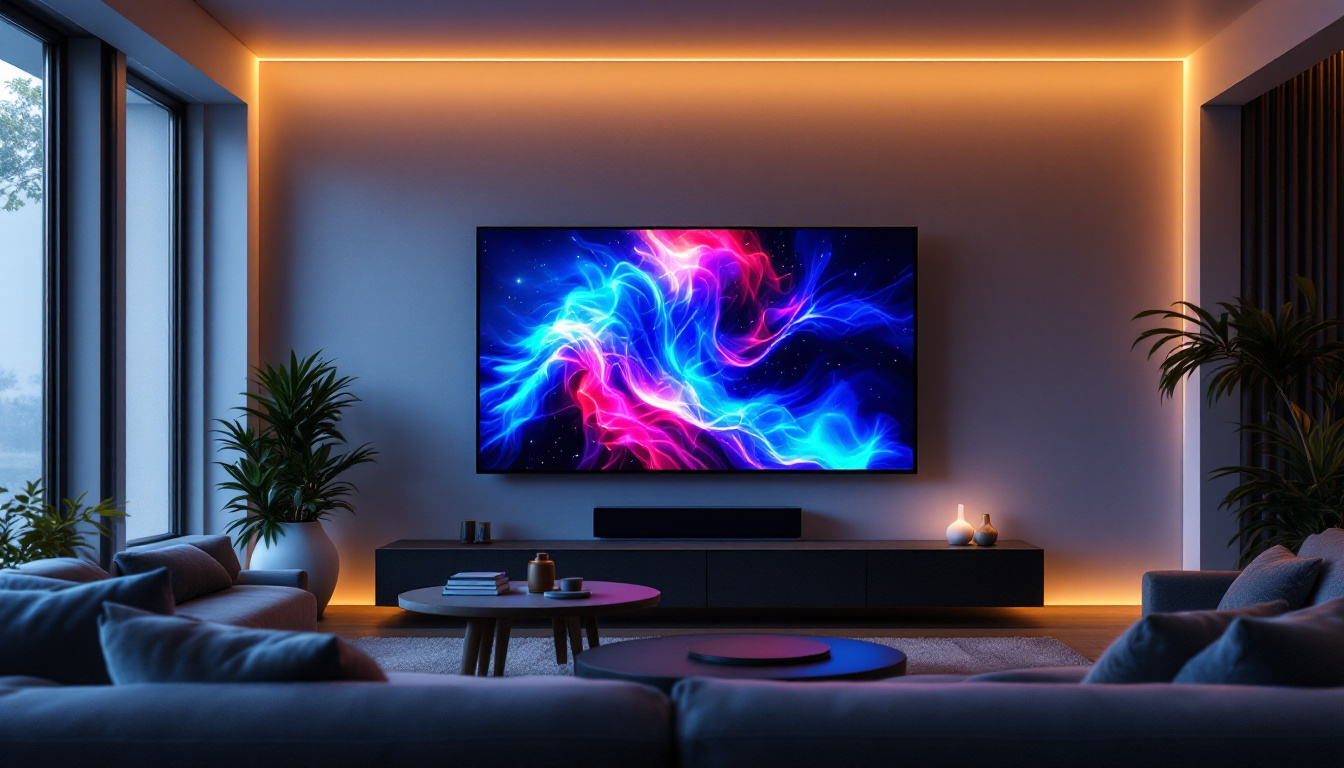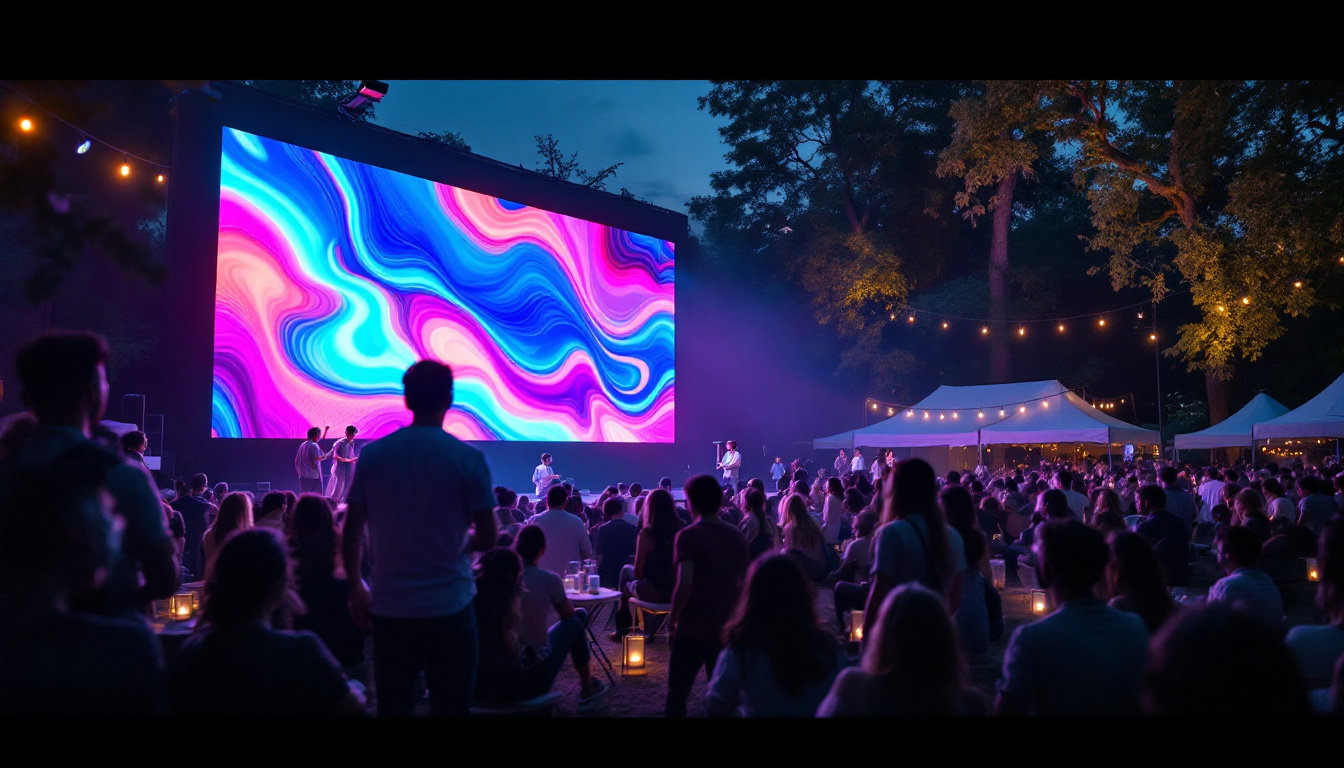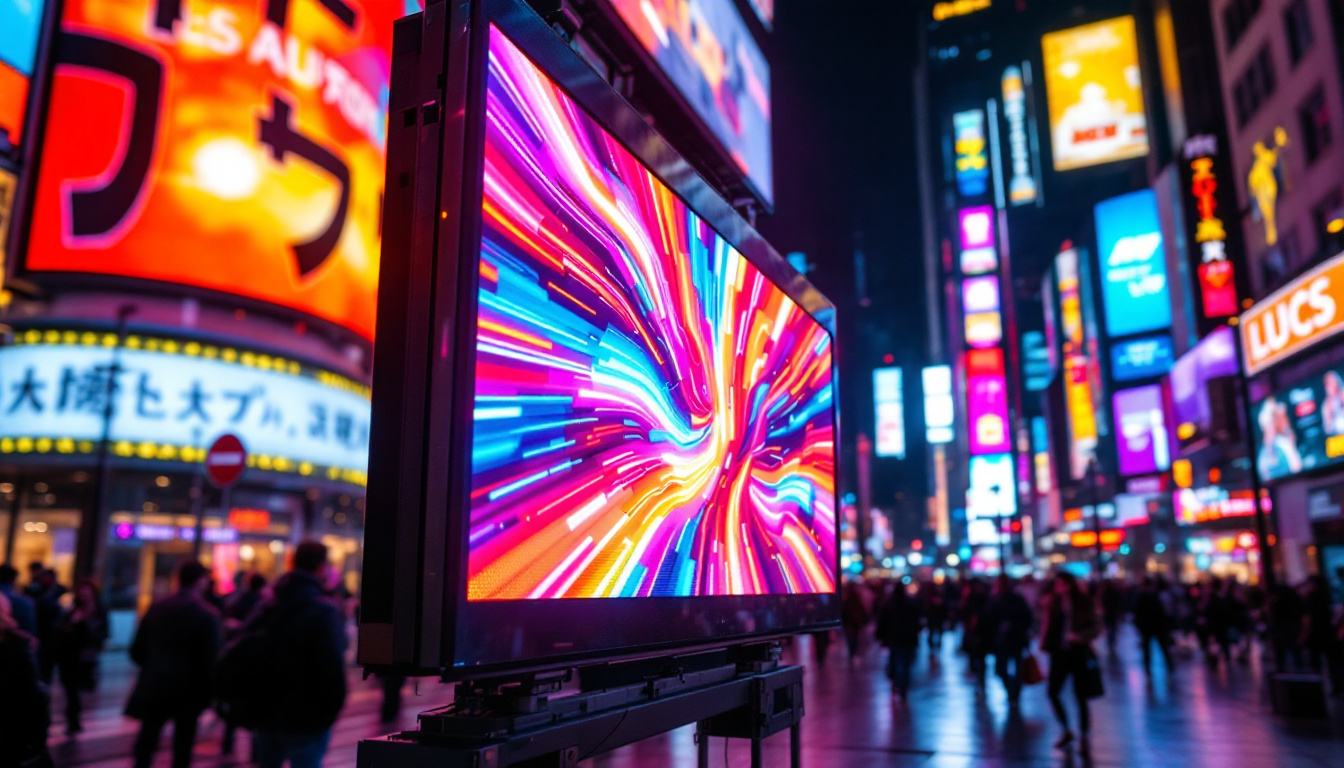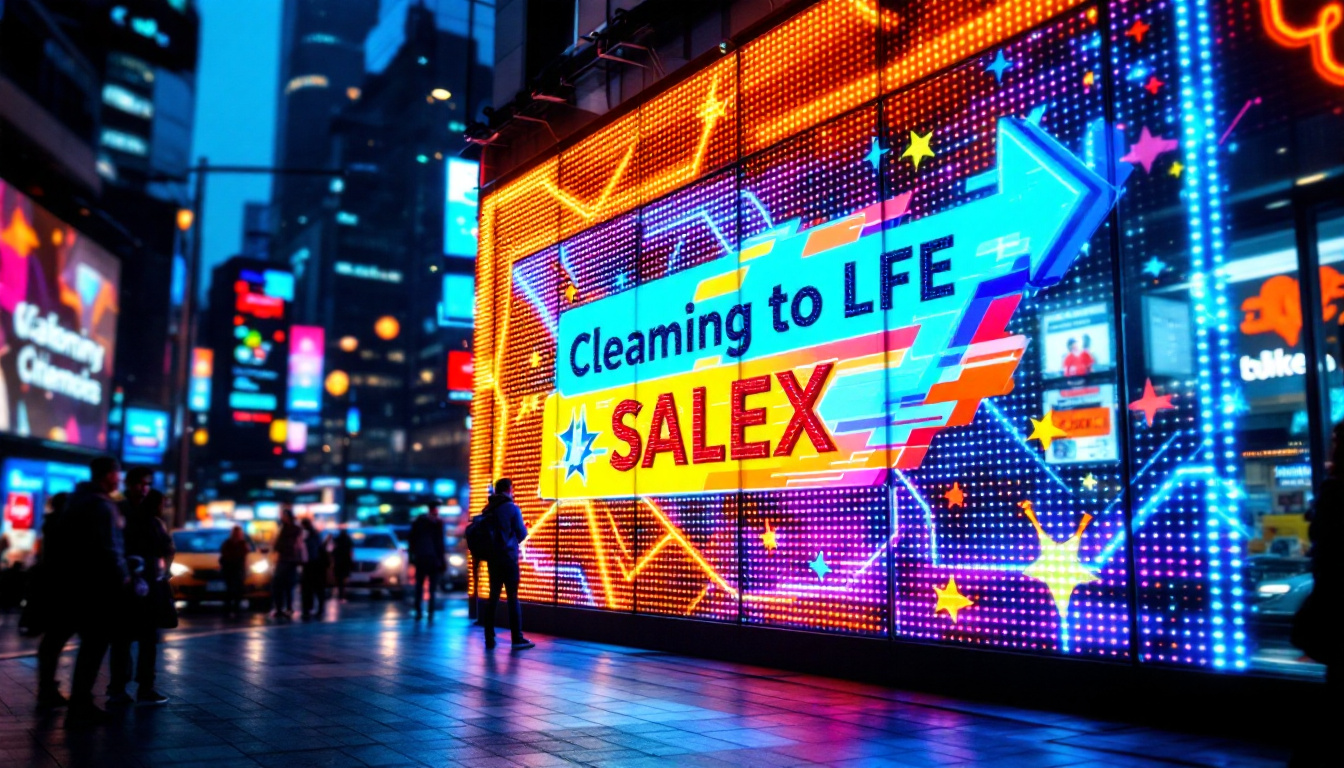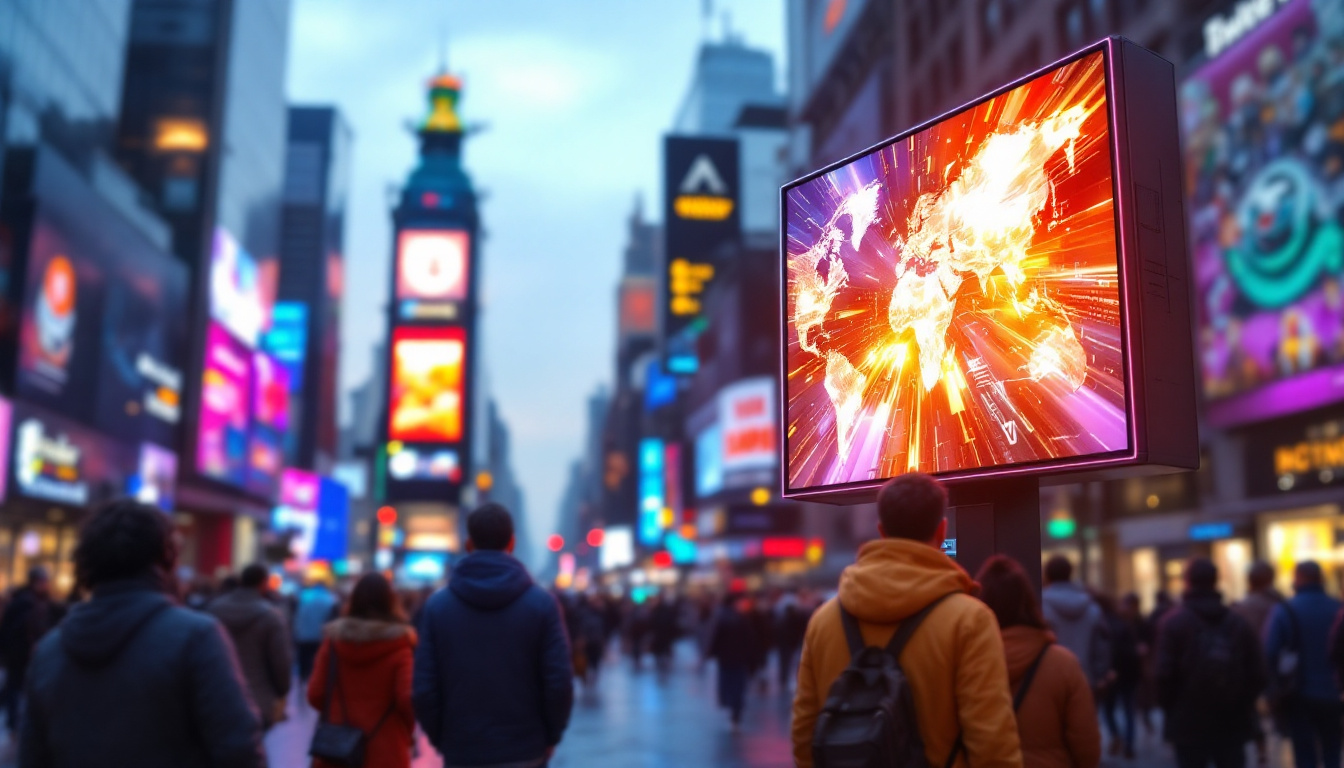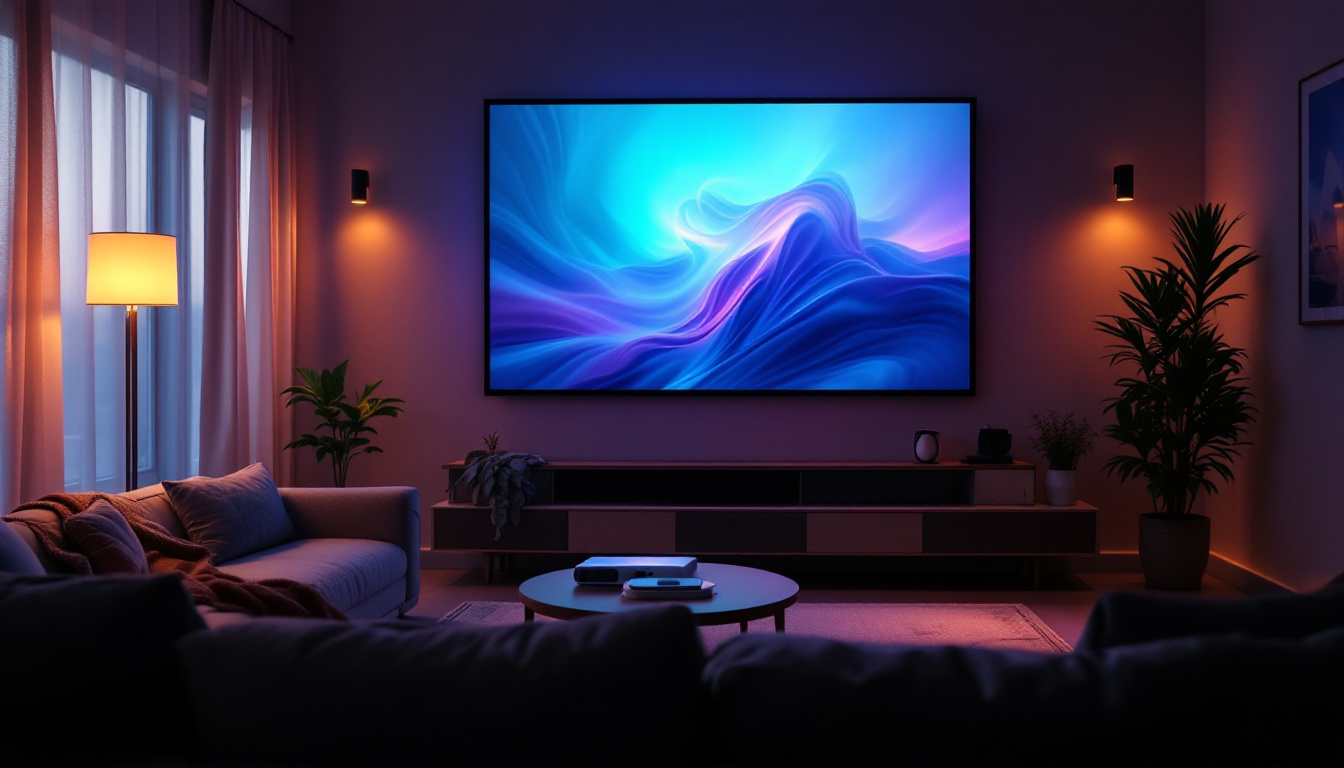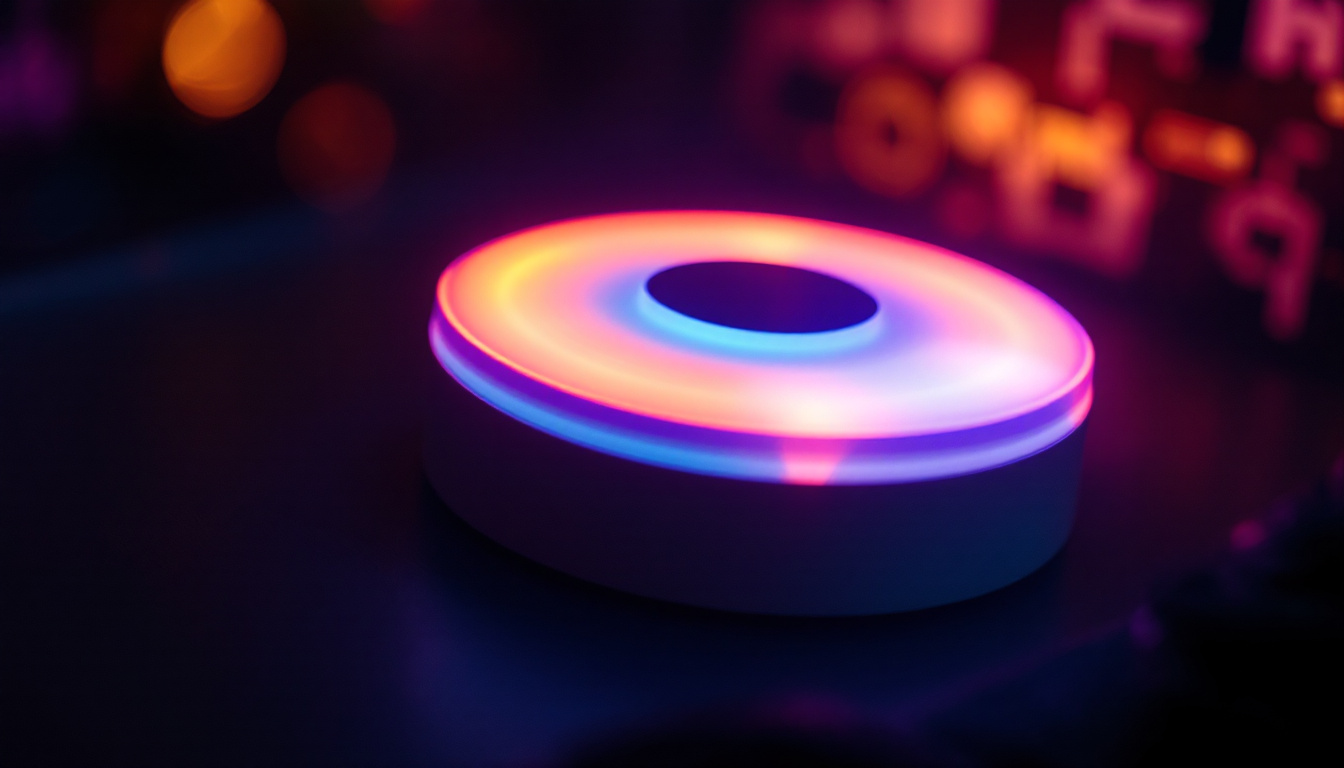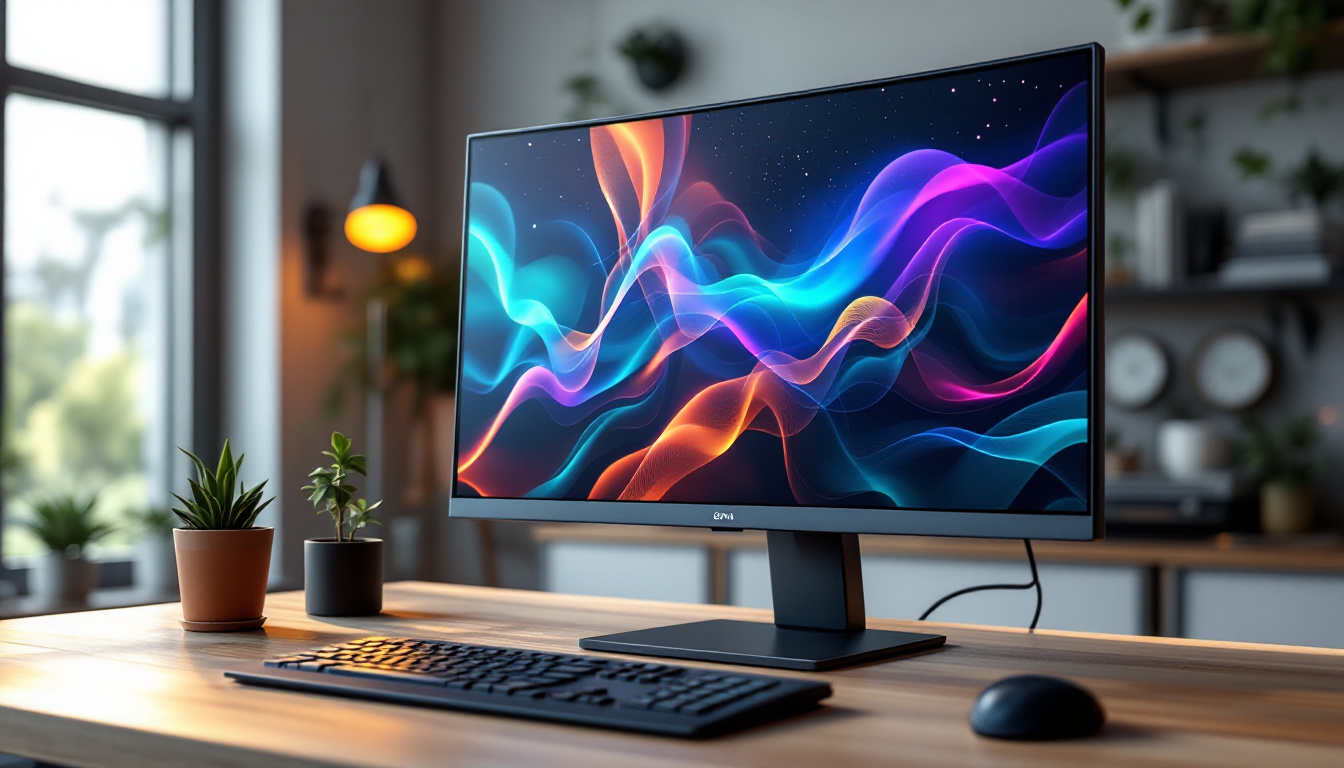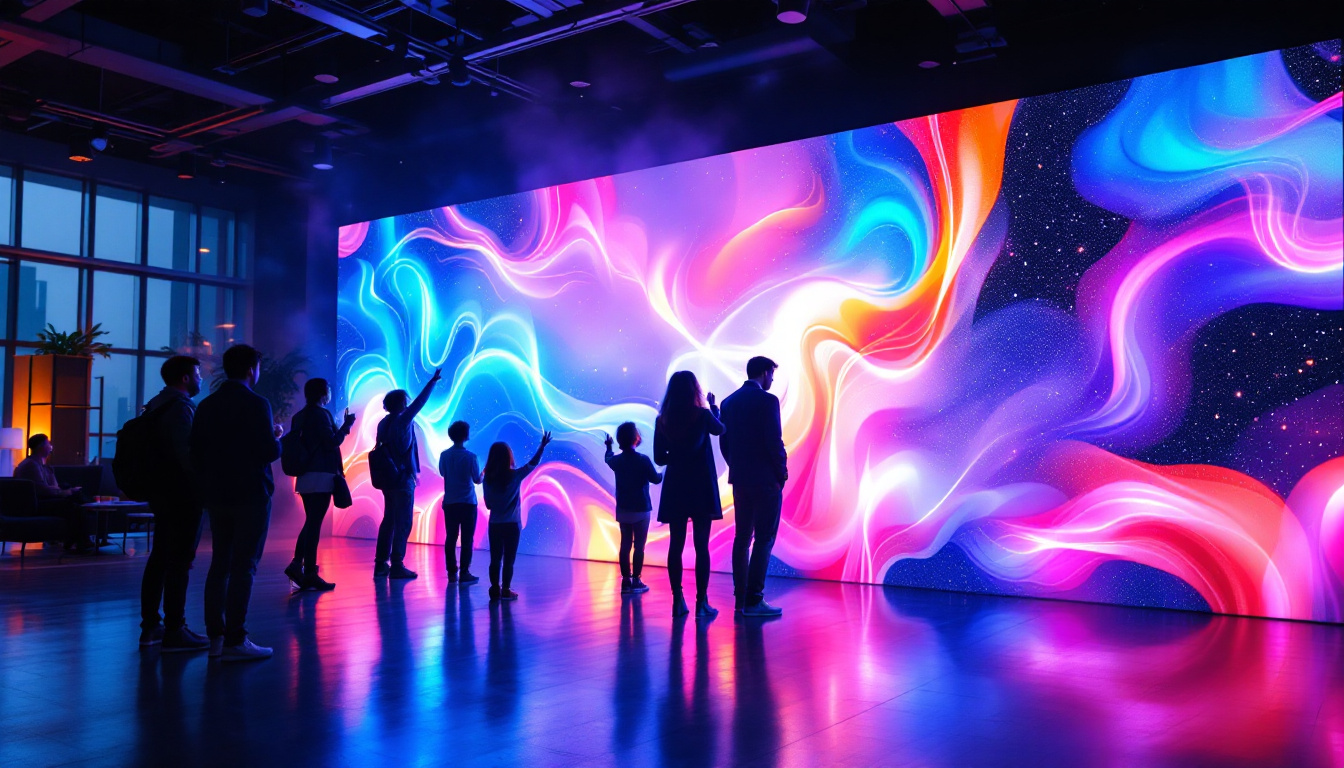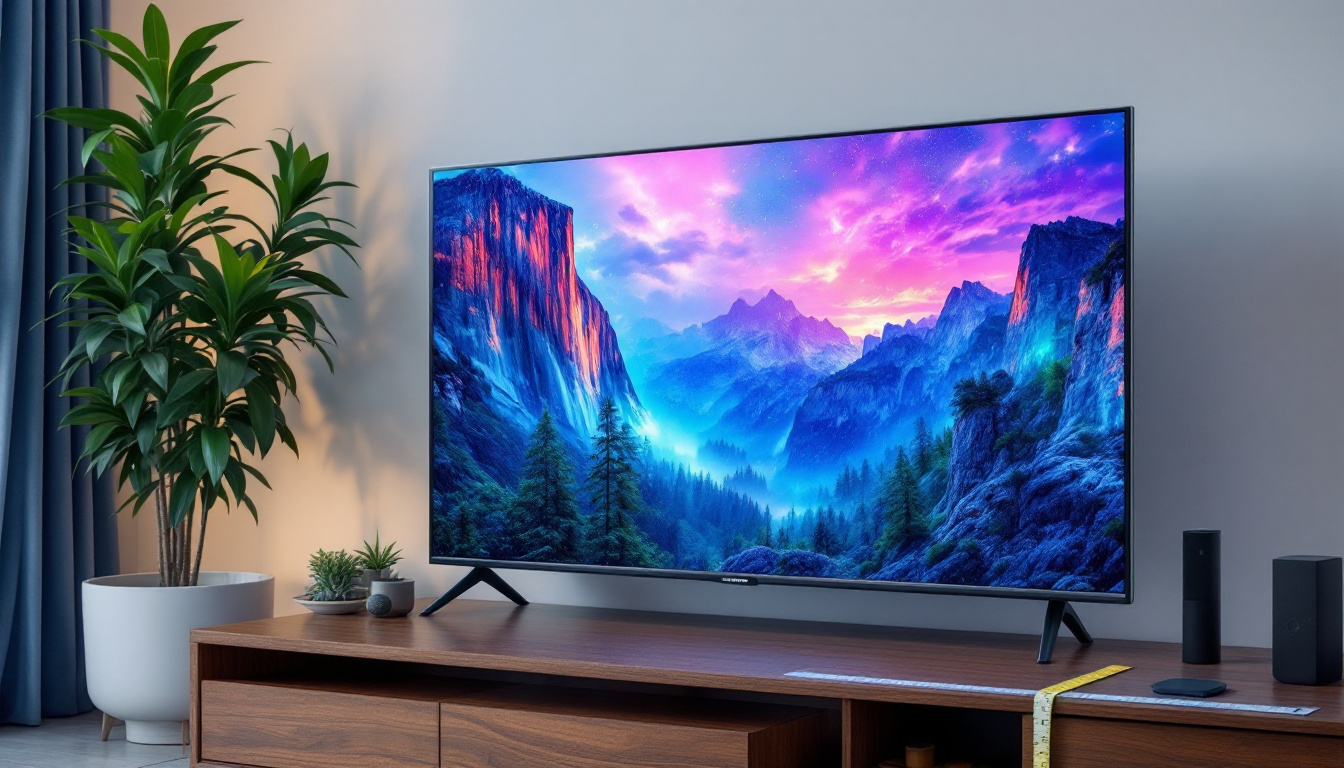In the realm of advertising, mobile billboards have emerged as a powerful tool for brands looking to capture audience attention in a dynamic and engaging way. Among the various types of mobile billboards, LED displays stand out due to their vibrant visuals and flexibility. Understanding mobile billboard rates, particularly for LED displays, is essential for businesses aiming to maximize their advertising impact while managing costs effectively.
What Are Mobile Billboards?
Mobile billboards are essentially advertisements displayed on vehicles that travel through high-traffic areas. This form of advertising offers a unique opportunity to reach potential customers where they are, making it an effective strategy for local businesses and national brands alike. As these vehicles navigate busy streets, they capture the attention of pedestrians and drivers, creating a dynamic advertising experience that static billboards simply cannot replicate. The movement of these billboards ensures that the advertisement is seen by a diverse audience, enhancing brand recognition and recall.
Types of Mobile Billboards
There are several types of mobile billboards, each with its own advantages. Traditional static billboards can be mounted on trucks, while digital LED displays provide animated content that can be changed in real-time. Some companies even utilize wraps that cover the entire vehicle, turning it into a moving advertisement. Each type serves different marketing needs and targets various audiences. For instance, vehicle wraps can create a cohesive brand image, while digital displays can showcase multiple messages in a single outing, allowing brands to promote different products or services throughout the day. The choice of mobile billboard type often depends on the campaign’s objectives, budget, and the target demographic’s preferences.
Benefits of Mobile Billboards
Mobile billboards offer numerous benefits compared to traditional advertising methods. They provide high visibility, as they can reach audiences in various locations throughout the day. Additionally, the ability to change messages quickly with LED displays allows for timely promotions and engagement with current events. This adaptability makes mobile billboards a compelling option for brands looking to stay relevant and connect with consumers. Moreover, mobile billboards can create a sense of urgency, especially when promoting limited-time offers or events. The interactive nature of these advertisements can also encourage social media engagement, as viewers may take photos and share them online, further amplifying the brand’s reach. Furthermore, mobile billboards can be strategically deployed during events, festivals, or peak shopping times, ensuring maximum exposure when potential customers are most likely to engage with the advertisement.
Understanding LED Displays
LED (Light Emitting Diode) displays are a popular choice for mobile billboards due to their brightness and clarity. These displays can showcase vibrant colors and dynamic content, making them more eye-catching than traditional static advertisements. The technology behind LED displays has evolved significantly, allowing for higher resolutions and more intricate designs that can capture the attention of passersby in a way that static images simply cannot.
Moreover, the adaptability of LED displays extends beyond just the visual appeal. They can be programmed to display real-time information, such as weather updates or social media feeds, which can engage viewers in a more interactive manner. This interactivity not only draws attention but also encourages viewer participation, creating a more memorable advertising experience.
How LED Displays Work
LED displays consist of thousands of tiny diodes that emit light when an electrical current passes through them. This technology allows for bright visuals that can be seen even in direct sunlight, making them ideal for outdoor advertising. The content displayed can range from simple text to complex animations, offering a versatile platform for creative advertising. The modular design of these displays also means that they can be scaled to fit various sizes and formats, from small portable units to large-scale installations on trucks and buses.
Additionally, the technology behind LED displays includes advancements such as pixel pitch, which determines the density of the diodes and thus the clarity of the image. A smaller pixel pitch results in a higher resolution, allowing for more detailed graphics and smoother animations. This is particularly beneficial for advertisers who want to convey intricate messages or high-quality visuals that stand out in crowded environments.
Advantages of LED Displays in Mobile Advertising
The use of LED displays in mobile advertising comes with several advantages. Firstly, their energy efficiency means they consume less power compared to traditional lighting methods, reducing operational costs. Secondly, the ability to change content on-the-fly allows advertisers to tailor their messages based on location, time of day, or current events, enhancing the relevance of their campaigns. This flexibility is crucial in today’s fast-paced advertising landscape, where timely and contextually relevant messages can significantly impact consumer engagement.
Furthermore, LED displays are not only cost-effective but also environmentally friendly. Their long lifespan reduces the frequency of replacements, and many modern LED displays are designed with recyclable materials. This sustainability aspect appeals to brands that are increasingly focused on corporate social responsibility. Additionally, the low heat emission of LED technology means that they require less cooling, further contributing to energy savings and a reduced carbon footprint.
Factors Influencing Mobile Billboard Rates
When considering mobile billboard rates, several factors come into play. Understanding these elements can help businesses make informed decisions and optimize their advertising budgets.
Location
The geographical area where the mobile billboard will operate significantly impacts the cost. High-traffic urban centers typically command higher rates due to increased visibility and potential audience reach. Conversely, rural areas may offer lower rates but could result in fewer impressions.
Duration of Campaign
The length of time the mobile billboard is active also affects pricing. Short-term campaigns may have a higher cost per day compared to long-term contracts, which often come with discounted rates. Advertisers should weigh the benefits of extended exposure against their budget constraints.
Type of Display
The type of display used is another critical factor. LED displays, while more expensive than static options, offer enhanced visibility and engagement. Advertisers must consider the potential return on investment when deciding between different display types.
Average Mobile Billboard Rates
While rates can vary widely based on the factors mentioned above, understanding the average costs can provide a helpful benchmark for businesses planning their advertising campaigns.
Daily Rates
On average, daily rates for mobile billboards can range from $300 to $1,500, depending on the display type and location. For LED displays, rates tend to be on the higher end of this spectrum due to their advanced technology and visual appeal. Advertisers should consider the potential reach and engagement when evaluating these costs.
Weekly and Monthly Rates
For longer campaigns, many companies offer weekly or monthly rates. Weekly rates can range from $1,500 to $5,000, while monthly contracts may fall between $5,000 and $15,000. Committing to a longer duration often results in lower daily rates, making it an attractive option for brands looking for sustained visibility.
Maximizing ROI with Mobile Billboards
To ensure that investments in mobile billboards yield positive returns, advertisers should employ strategic planning and execution. Here are some tips to maximize the effectiveness of mobile billboard campaigns.
Target Audience Analysis
Understanding the target audience is crucial for any advertising campaign. Businesses should analyze demographic data to determine where their potential customers are located and tailor their mobile billboard routes accordingly. This targeted approach can significantly enhance the effectiveness of the campaign.
Creative Content Development
The content displayed on mobile billboards should be engaging and relevant. Utilizing eye-catching visuals, concise messaging, and clear calls to action can help capture the audience’s attention. Additionally, incorporating timely promotions or events can further enhance engagement and drive conversions.
Monitoring and Adjusting Campaigns
Tracking the performance of mobile billboard campaigns is essential for understanding their impact. Advertisers should monitor metrics such as impressions, engagement rates, and conversions to assess effectiveness. Based on this data, adjustments can be made to optimize future campaigns and improve overall ROI.
Case Studies: Successful Mobile Billboard Campaigns
Examining successful mobile billboard campaigns can provide valuable insights into best practices and innovative strategies. Here are a couple of examples that highlight the effectiveness of this advertising medium.
Case Study 1: A Local Restaurant
A local restaurant in a bustling city utilized a mobile LED billboard to promote its grand opening. The campaign featured vibrant images of their signature dishes and a limited-time offer for the first 50 customers. By strategically driving through high-traffic areas during lunchtime, the restaurant attracted significant attention, resulting in long lines on opening day and a successful launch.
Case Study 2: A National Retail Brand
A national retail brand launched a seasonal promotion using mobile billboards equipped with LED displays. The campaign featured dynamic content that changed based on the time of day, showcasing different products and special offers. By targeting busy shopping districts and events, the brand saw a notable increase in foot traffic and sales during the promotional period.
Conclusion
Mobile billboards, particularly those utilizing LED displays, offer a unique and effective way for brands to engage with their target audiences. Understanding the factors that influence mobile billboard rates, along with strategic planning and execution, can help businesses maximize their advertising investments. By analyzing successful case studies and employing best practices, companies can harness the power of mobile billboards to drive brand awareness and achieve their marketing goals.
As the advertising landscape continues to evolve, mobile billboards remain a relevant and impactful choice for businesses looking to stand out in a crowded marketplace. With the right approach, brands can leverage this dynamic medium to create memorable connections with consumers and drive meaningful results.
Illuminate Your Brand with LumenMatrix
Ready to elevate your advertising strategy and captivate your audience with stunning visuals? LumenMatrix is at the forefront of LED display technology, offering a diverse range of solutions to make your brand shine. From Indoor and Outdoor LED Wall Displays to innovative Vehicle LED Displays and beyond, our products are designed to enhance engagement and leave a lasting impression. Don’t miss the opportunity to transform your visual communication. Check out LumenMatrix LED Display Solutions today and start creating unforgettable experiences for your audience.

